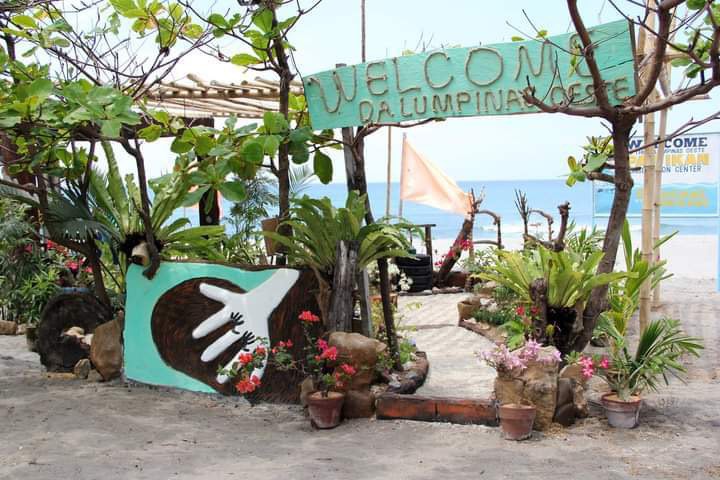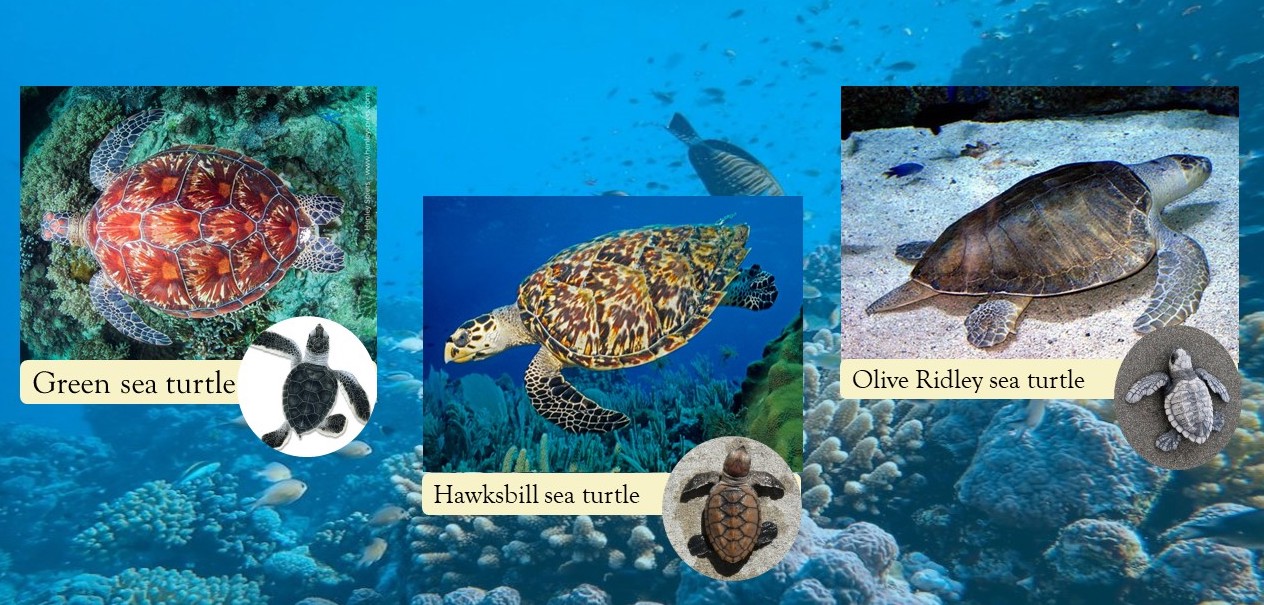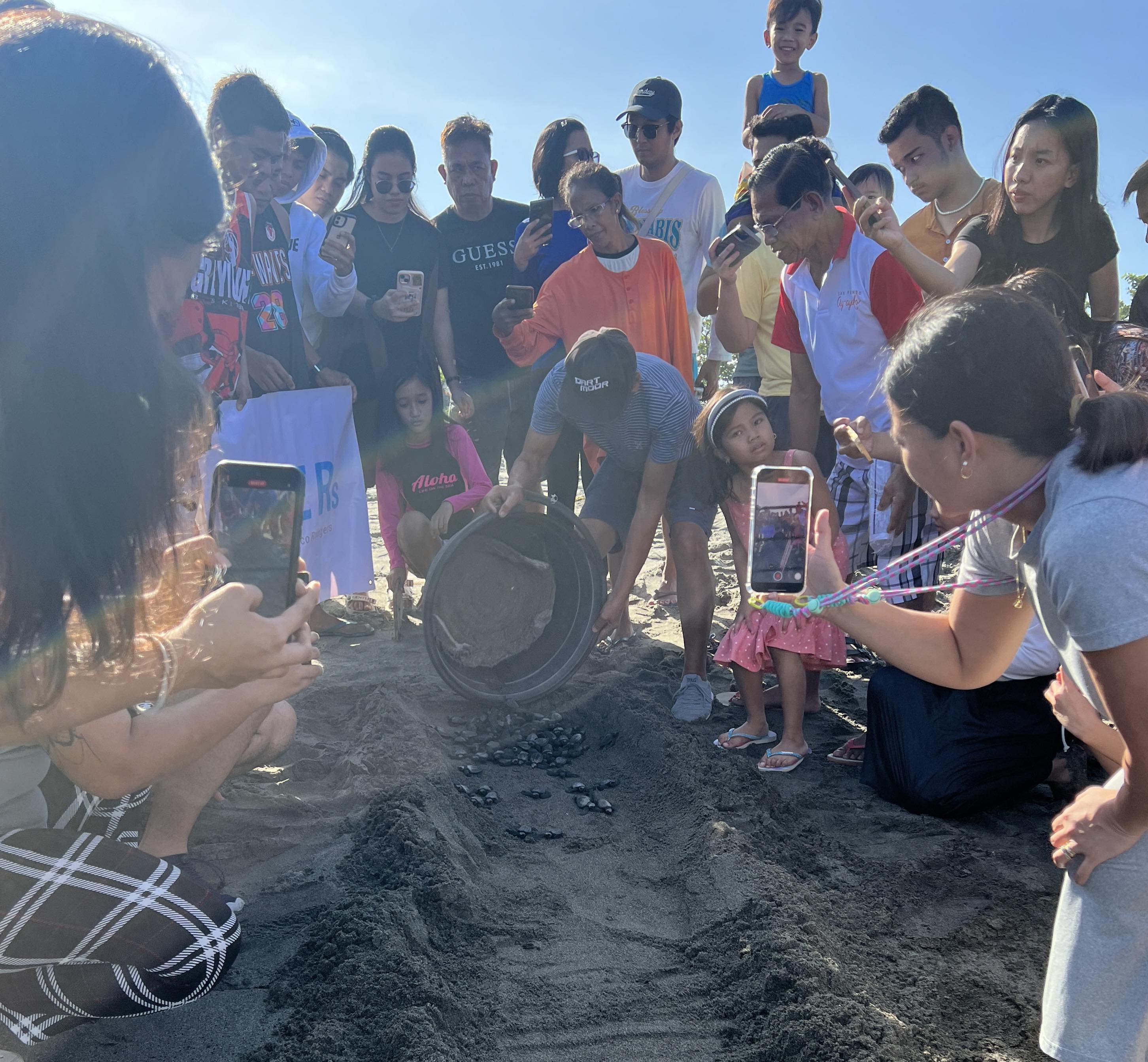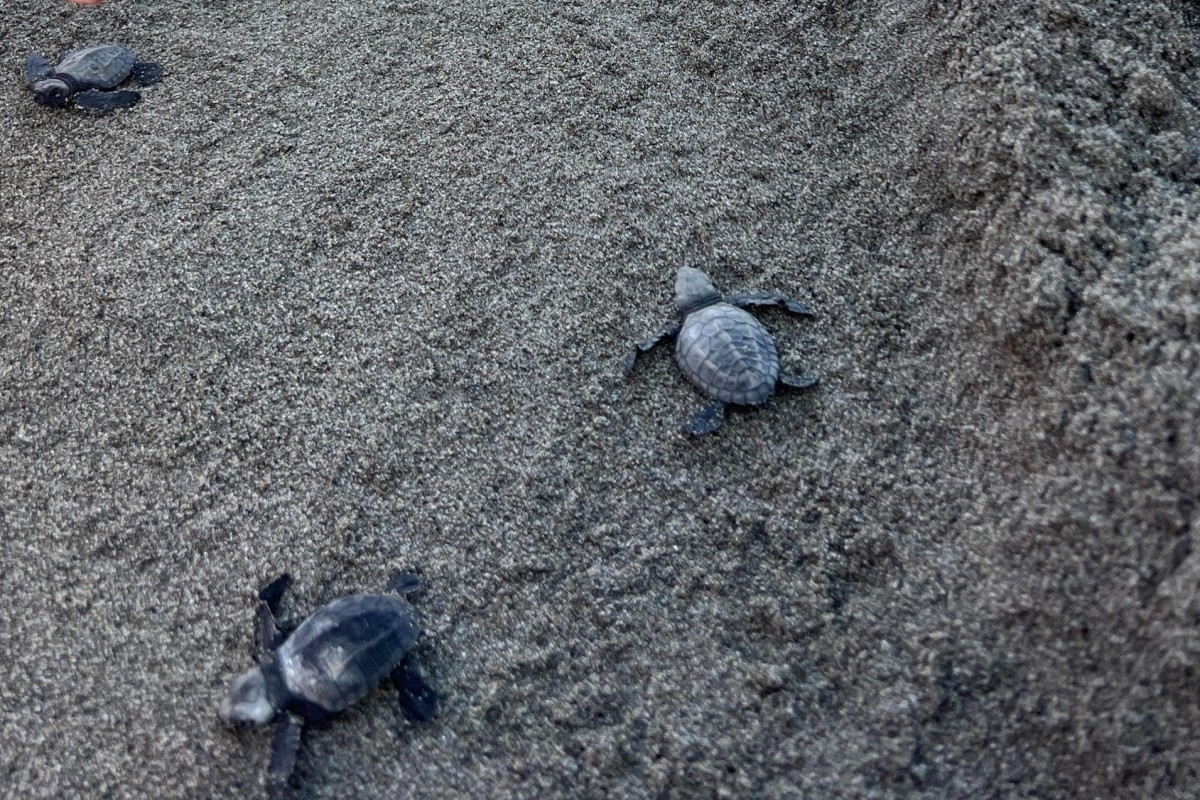SAN FERNANDO CITY, La Union (PIA) – Situated along the sun-kissed coast and the never-ending waves clasping the shores of La Union is a tale of a group of individuals who for more than a decade have become the unsung heroes in the protection of the area’s most important inhabitants – the pawikan.
In the center of the coastal barangay of Dalumpinas Oeste in this city, a team of ardent environmentalists has taken it upon themselves the responsibility of guarding the habitat and nests of the endangered pawikan, ensuring that these cute and lovely four-flippered friends continue to thrive for many years to come.
The story of the conservation of the pawikan started on the shore, against a scenic picture of the La Union seas, basking in the sunrises and sunsets that keep inspiring the people behind this wonderful and noteworthy endeavor.

At the heart of this conservation effort is Dr. Marvin Munar, who while serving as punong barangay in 2011 launched the Dalumpinas Oeste Pawikan Conservation Program as a response to the increasing pawikan sightings in the area.
“This strategy was conceptualized when six pawikan nest sightings in the area were reported by the Department of the Environment and Natural Resources (DENR) and the barangay tanods and the fisherfolks at that time,” Munar said.
The sightings became frequent and Munar and his team found that the pawikan sightings have to do with a reason that is biological, as the area has become a preferred birthing area of the pawikan.
The team then endeavored to ensure that all eggs laid by these flippered friends are hatched and after the hatching process are subsequently released back to the ocean, ensuring that the number of the pawikan are allowed to grow and continually thrive.
More than just securing the shores of the barangay and ensuring that the pawikan can do their birthing ways and means unharmed, the group also aims to instill something more important, the idea of responsibility and pride among the people of Dalumpinas Oeste.
According to the DENR-Region 1’s Area Management and Biodiversity Conservation Section, there are seven species of pawikan in the world, five of which can be found in the Philippines.
Among the five species of pawikan in the Philippines, three can be found in the Ilocos Region, including the Green sea turtle, the Hawksbill sea turtle, and the Olive Ridley sea turtle.
The DENR conducts a regular campaign on Marine Turtle Protection and Conservation to create awareness among people on the importance of protection measures for endangered species such as the pawikan.
“[This campaign aims to] raise awareness on endangered species, especially the marine turtles and persuade the citizenry on what they can do to protect and conserve them,” the DENR-Region 1’s Facebook page says.
To ensure the sustainability of the effort, Dr. Munar says that the team also partnered with the local government unit (LGU) of San Fernando City and the Office of the First Congressional District of La Union to build an awareness program meant to inform and educate people on the conservation and protection of the pawikan.
“Technical expertise became an urgent need to create force multipliers of barangay folks to properly handle the eggs. The spirit to conserve was alive at that time, but the know-how to operate a hatchery facility became a game-changing need,” Dr. Munar added.

The cooperation and support eventually led to the capacity building meant to increase the capability of the group and all its partners to conduct their preservation and conservation campaigns efficiently.
Incentivization mechanisms were also put in place to encourage more people to participate, which led to more pawikan sightings that are recorded and monitored, but more importantly, are also hatched.
In 2016, another milestone in the history of the pawikan conservation in the area happened as the program was renamed the “Dalumpinas Oeste Pawikan Conservation Center” and the first hatchery facility for the little flippered friends opened in the barangay.
Since then, the center has also been looking to create a network of pawikan conservationists to share best practices that can be replicated in other places, ensuring that the preservation efforts in the barangay can be implemented in other places in La Union, the Ilocos Region, and other regions of the nation.
“We wish to institutionalize networks of pawikan guardians, where Dalumpinas Oeste is part of that network. It is through conservation replication that we multiply the efforts of protecting these marine creatures,” Munar said.

Fast forward to January 2024 and after around 13 years since the program started, the center was able to release its highest recorded number of hatchlings totaling around 100, showing how the efforts of a group of people for over a decade can lead not just to protecting the pawikan but also to ensure that their number continues to increase.
Munar said that the community-initiated efforts have led to the sustainability of the efforts to protect the pawikan, saying that the efforts of one would have been moot if not for the participation of a great number of stakeholders who took time to ensure that all plans for pawikan conservation are implemented.
The conservation center, the barangay council of Dalumpinas Oeste, the barangay community, and all its stakeholders meanwhile assure that their convergence efforts will lead to the implementation of their pawikan conservation efforts for the foreseeable future.
Patrolling the beach, volunteers, barangay personnel, and other stakeholders share the same sense of purpose, showing that the collective dedication of a people can lead to great outcomes and that the life they share and enjoy can also be extended to the pawikan, how love and compassion can go a long way.
The tale of Dr. Munar and the people behind the Dalumpinas Oeste Pawikan Conservation Center is a triumph, showing how a common goal can be achieved through a united community, that people can be stewards for both hope and development and how a simple act of concern for little beings can make a big mark in society.
As the protection of these flippered beings continues, the center and its partners remain both vigilant and resolute, knowing that somewhere along their coast, a pawikan is basking in the warm clutch of the sand, unaware that the efforts of a group of people are keeping them alive and for their eggs to hatch undeterred and eventually be allowed to go back to the sea.
“We wish that policy development will be co-developed by the LGU and the identified stakeholders to sustain the efforts. In so doing, we guarantee that the shores of Dalumpinas Oeste will remain a vibrant nesting area of pawikan,” Munar said.
Visitors may visit the center on weekdays, especially during the pawikan season from November to February of every year and can book their appointment through mobile number 0905-344-4393. (JCR/AMB/CCMT, PIA La Union)



